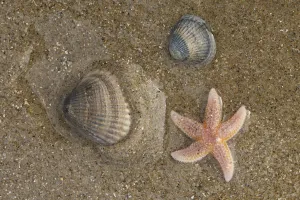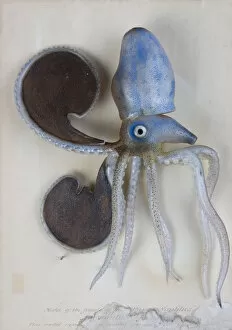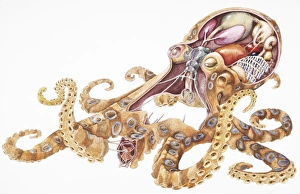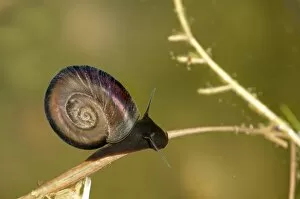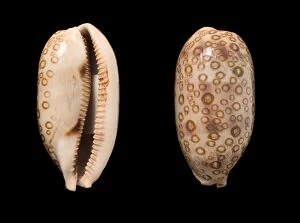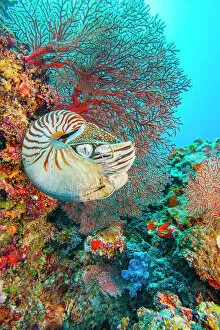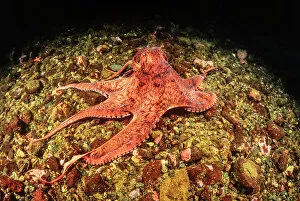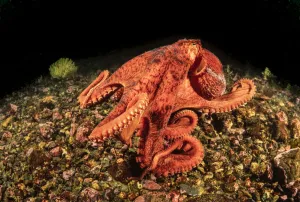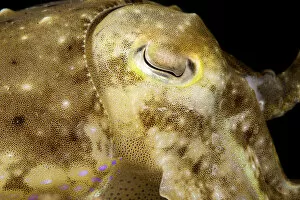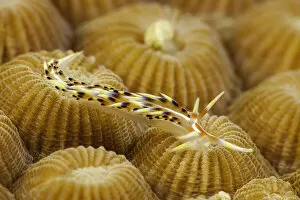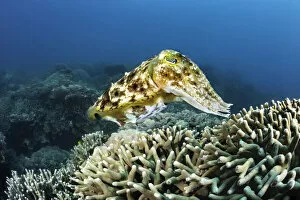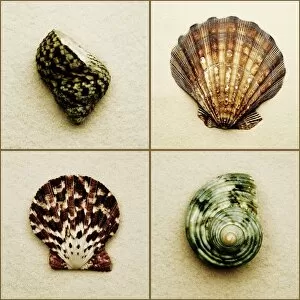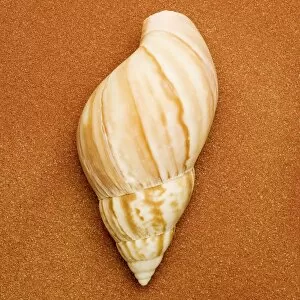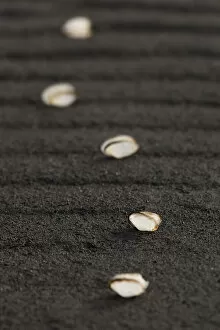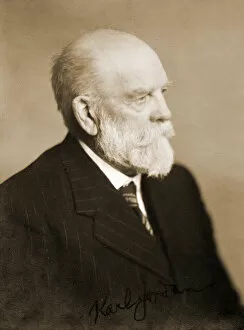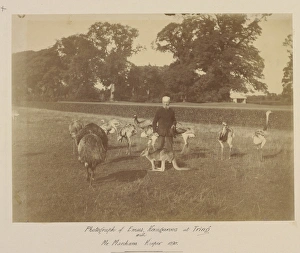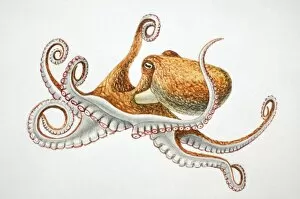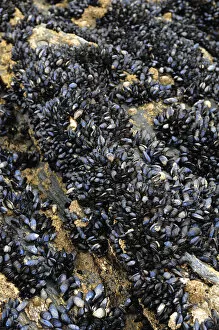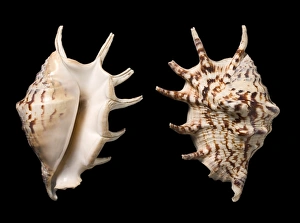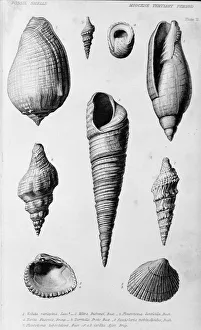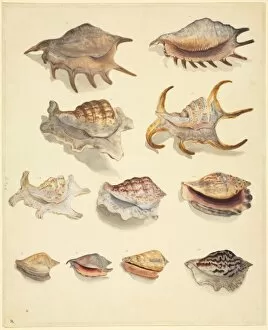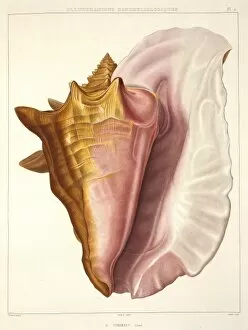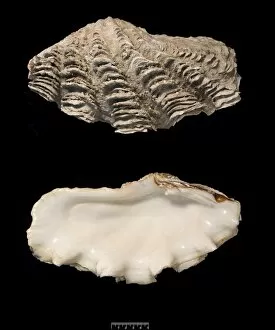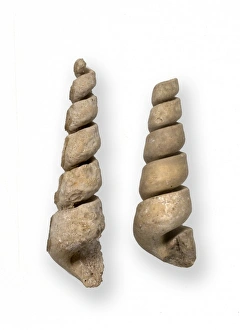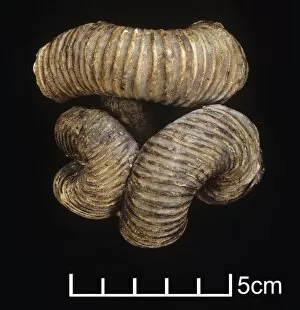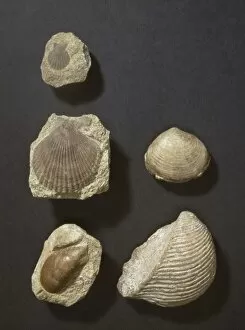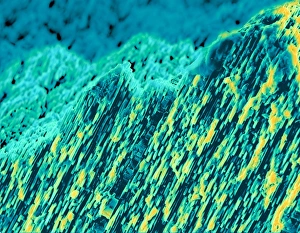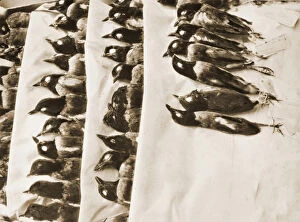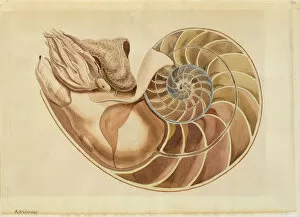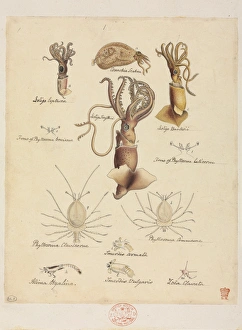Mollusca Collection (page 7)
"Mollusca: A Fascinating World of Marine Wonders" Behold the majestic Giant Octopus
All Professionally Made to Order for Quick Shipping
"Mollusca: A Fascinating World of Marine Wonders" Behold the majestic Giant Octopus, a creature that roams the depths of the ocean with its impressive size and intelligence. Explore the vibrant colors of the Nudibranch (Janolus cristatus) found in Vela Luka, Korcula Island, Croatia, in the crystal-clear waters of the Adriatic Sea. Journey back in time to discover extinct marine reptiles like Asteroceras, a fossil ammonite that once thrived in ancient seas. Witness the mesmerizing sight of an Ocellate Octopus (Amphioctopus mototi) gracefully swimming up from the sea floor as if it were dancing through water. Marvel at Janthina violacea, also known as Violet Snail, adorned with its stunning purple hue as it glides across ocean currents. Delve into the mysterious world of octopuses and their incredible ability to adapt and camouflage themselves within their surroundings. Uncover nature's engineering marvels by examining snail teeth - tiny structures that allow these creatures to feed on various types of food sources. Encounter an Electric Fileclam or Disco Clam (Ctenoides ales) off West Papua, Indonesia - its pulsating light display is truly enchanting. Observe a Veined Octopus (Amphioctopus marginatus) finding solace atop two halves of an old object – showcasing their resourcefulness and intelligence. Dive into Lembeh Strait, North Sulawesi, Indonesia for a glimpse at Phyllidia marindica nudibranchs' exquisite beauty during December's underwater spectacle. Celebrate scientific discovery with newly described species like Doto greenamyeri nudibranchs found thriving on feather hydroids – highlighting our ongoing exploration and understanding of marine life.

